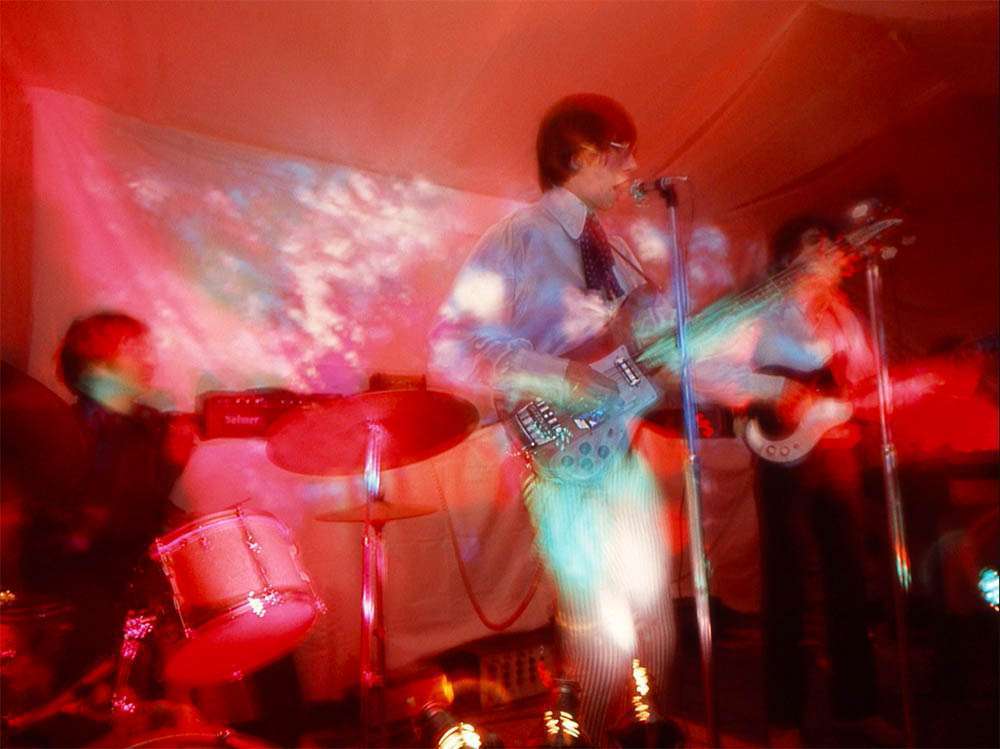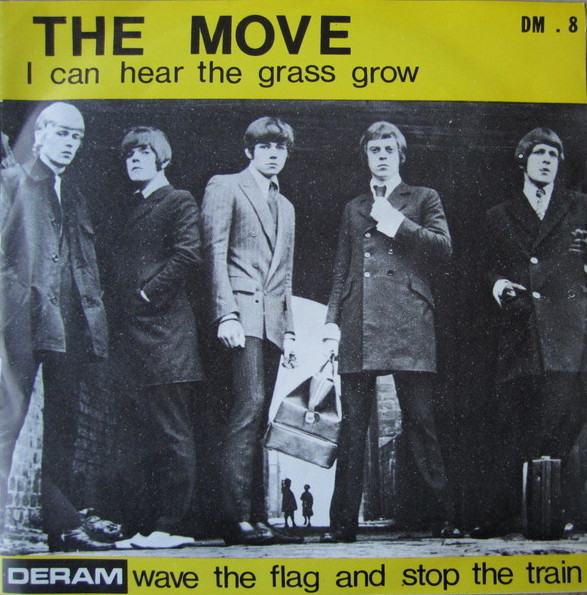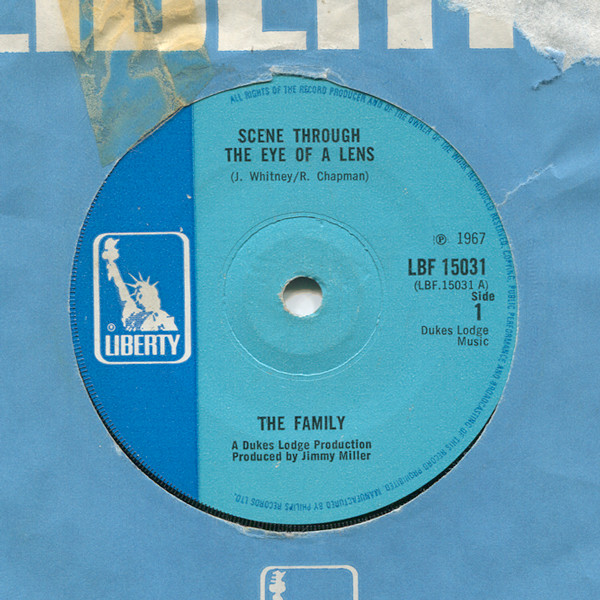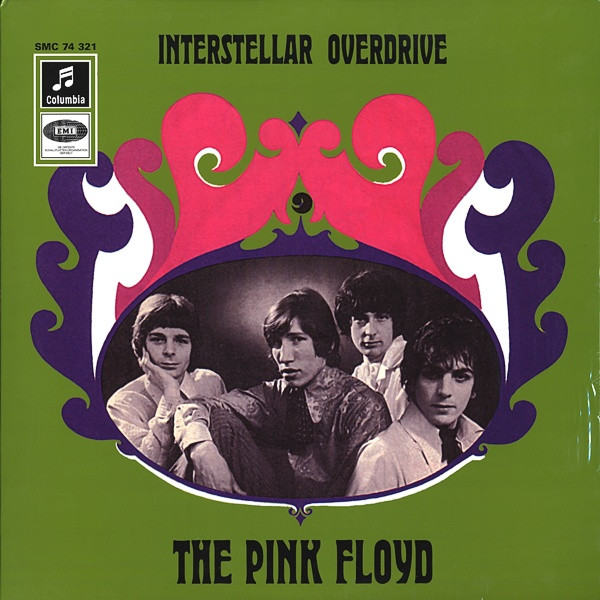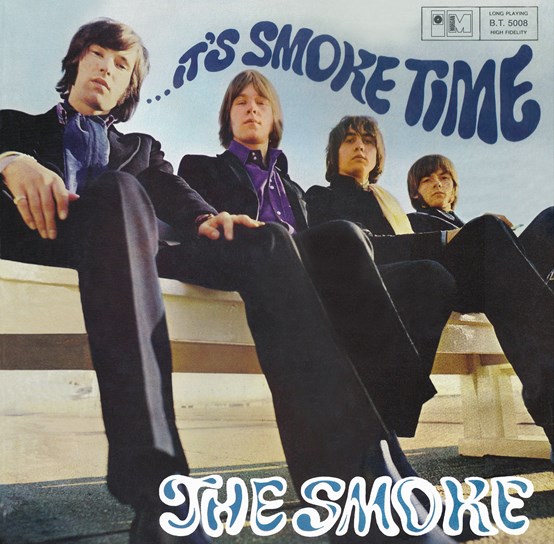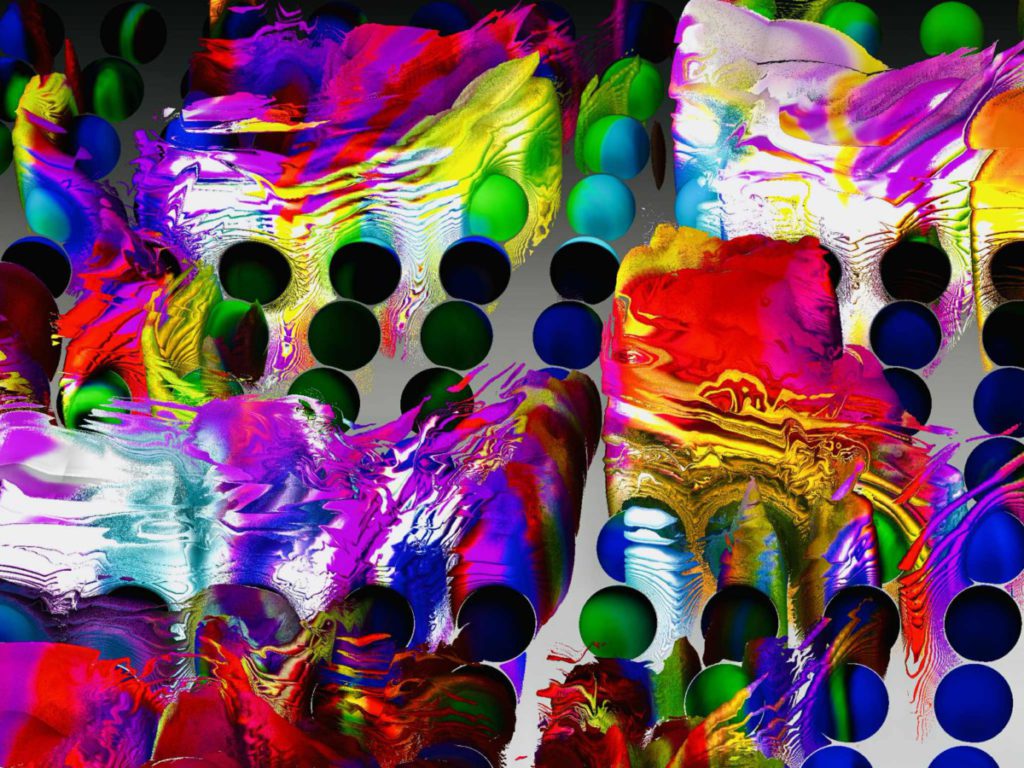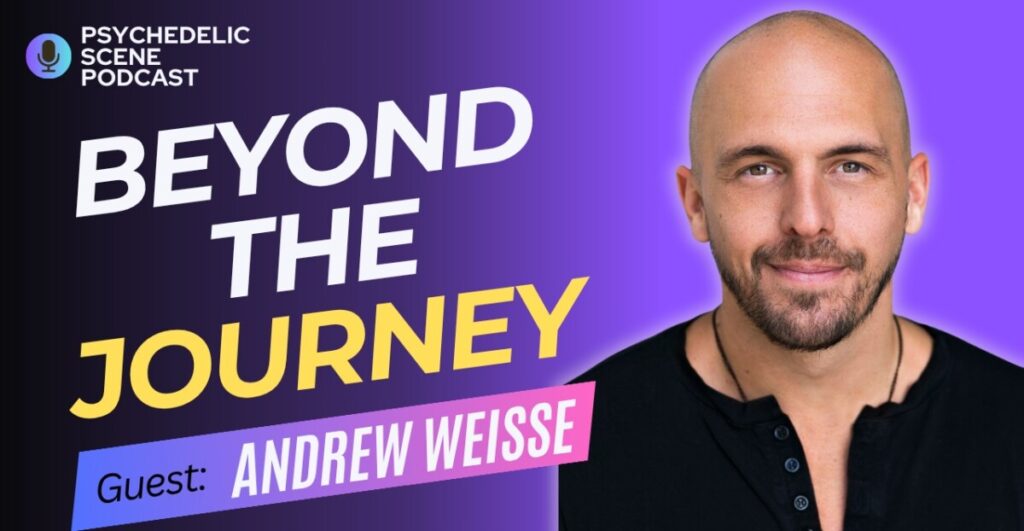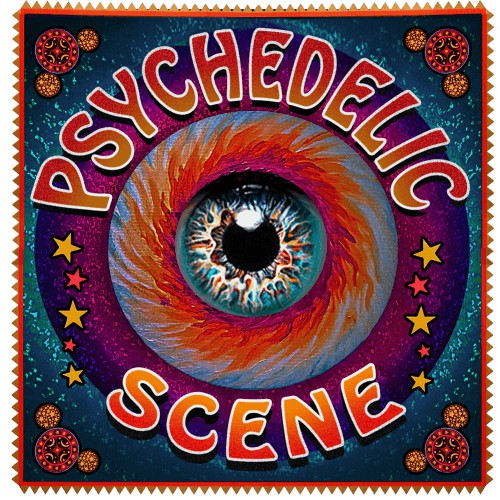Songs from the UFO Club
Songs from the UFO Club
Astounding Sounds, Amazing Music
Yes, I know the subtitle comes from a Hawkwind album, and frankly it has only the most tenuous of connections to what I’m about to discuss. Still, the sci-fi theme seemed appropriate as what we are about to discuss are ten great tracks to be discovered or re-discovered from bands that played the original UFO club, a dedicated counter-culture venue, in London during 1967 (the Hawks’ album is from 1976, so get numerical with that!).
For all the legends around it, the odd thing is that the UFO (pronounced YEW-foh) only lasted for seven months in its Tottenham Court Road location, and then just under two months when it switched to the larger Roundhouse venue (which it needed to, to make enough to pay the increasing fees for bands – peace and love have never been in yer average rock band manager’s vocabulary). The first night was 23rd December 1966, with the Tottenham
The odd thing is that the UFO only lasted for seven months in its Tottenham Court Road location.
Court Road swansong on 28th July 1967. Picking up at the Roundhouse on August 4th, the last gig was on September 29th. In effect, the UFO lasted just ten months, during which time it was also responsible for the arrangement of the 14-Hour Technicolour Dream at Alexandra Palace, another event that has gone down as rock legend.
‘UFO presents Nite Tripper’ was the brainchild of US émigré Joe Boyd and scene mover John Hopkins (Hoppy). They couldn’t agree on the name, hence it started with both entities incorporated – but Boyd won out, which is an interesting reflection of the drive that saw him become such an important figure as a record producer. It aimed to present the most interesting new bands emerging from the underground, and also to reflect a multi-media approach with films, light shows, and performance art from the likes of Yoko Ono, at this time a respected Fluxus artist and not the ‘Beatles-break-up’ hate object she, unfortunately, became for some years after.
Pink Floyd at the UFO Club
The original venue was Blarney’s, an Irish ballroom under a cinema on Tottenham Court Road, in the heart of London. When the Irish clientele went home at pub check-out time (11:30 back then), the freaks moved in until daybreak. After some trouble with skinheads and straights, Mick Farren assumed door duties. Always more political and direct than the more fey of the underground, Farren was a man who was better suited to the US underground in style and attitude. A smart journalist and writer who was a terrible singer, he made sure his own band, The Deviants, played the club. Hapshash And The Coloured Coat designed the posters, but thankfully never played, which was a relief to anyone who heard their subsequent albums (great designers, but not built for musical acumen).
House bands were obvious: Pink Floyd, until their success priced them out of range, and Soft Machine. Other name bands who played included The Move, Procul Harum (the week they hit #1 in the charts!), The Pretty Things, Denny Laine, The Graham Bond Organisation (in their final incarnation as a trio with Bond and Dock-Heckstall Smith joined by Jon Hiseman on drums), and Alexis Korner. Up-and-comers included The Smoke, The Purple Gang, Fairport Convention, and Tomorrow. Pete Brown performed poetry before forming a band. The Knack featured Paul Gurvitz and Louis Farrell before they formed Gun. Dead Sea Fruit was, despite the name, a humorous 20’s jazz band ala Winchester Cathedral. The Bonzo Dog Doo-Dah Band had started that way but had Neil Innes’ songwriting skills and Vivian Stanshall’s mad genius comedy to mark them as special. The People Band and The Hydrogen Jukebox played long, droning instrumentals and stole their name from Allen Ginsberg. AMM is perhaps little known to rock fans, but was a hugely important free improv group, as we shall see…
After the switch to the Roundhouse, Jeff Beck and Ten Years After joined the roster of regulars, of which Family – recently arrived from Leicester – were one. Eric Burdon and the New Animals displayed their psych credentials and Dantalion’s Chariot was great, but still, Zoot Money’s Big Roll Band playing their r’n’b jazz with some guitar effects on top. The Incredible String Band caught Boyd’s ear, and squeezing into the last night was The Exploding Galaxy, with a first sighting of COUM Transmissions/Throbbing Gristle/Psychic TV leader Genesis P Orridge arriving in London.
It all sounds wonderful on paper and probably was for the most part, but the ballroom venue was basic and beset by journalists seeking outrage and skinheads wanting to smash hippie heads; the Roundhouse was an ex-turning station for the railway, with sidings surrounding it, the turning gear still on
After the switch to the Roundhouse, Jeff Beck and Ten Years After joined the roster of regulars.
the floor, and crumbling stone from the walls. Similarly, Alexandra Palace sounds grand, but the building was semi-derelict, having been deserted by the BBC (the first TV transmission in the UK was from there), and was held up in places by scaffolding. It was an exciting time, but not without its challenges.
And in the middle of it, there were some incredible tunes and sounds that emerged. What follows is a list of ten tracks worth listening to again (as I did, not having heard some for a couple of decades), the breadth of which shows what a transitional time this was, and why the UFO’s policy was vital to these changes.
Family: ‘Scene Through the Eye of A Lens’ (Liberty 45, 1967). Their first single, setting the tone for ‘Music In A Doll House’, their first album in ’68, and a psychedelic tour de force. Roger Chapman’s amazing vibrato and Charlie Whitney’s non-guitar hero virtuosity powered them through a career of stylistic changes (‘My Friend the Sun’ from Bandstand is my favorite Family song), but this captures them before the production tricks of the debut album, as they would have sounded in the UFO.
Soft Machine: ‘I Should Have Known’ (Giorgio Gomelsky demo version 1967). This came from the original four-piece Softs, with Wyatt/Ratledge/Ayers joined by Daevid Allen on guitar. Allen was always dismissive of his playing on these sessions, but this extended version of the song has some looping guitar lines that are as close as you could get to seeing this line-up live, and are thrilling as they teeter on the edge of collapse. Gomelsky’s 60’s recordings, bought by Charly, have emerged on numerous releases.
The Move: ‘I Can Hear The Grass Grow’ (Regal Homophone 45 1967). Birmingham beat group The Move was forging ahead under the writing genius of Roy Wood, an underrated songwriter and arranger. Their first single – ‘Night of Fear’ –hit #2 in the charts, and this was certainly a huge hit just before they played the UFO. Melody, pop structure, with an edge of strangeness. This was the mainstream discovering the underground.
AMM: ‘Later During A Flaming Riviera Sunset’ (from ‘AMMmusic’, Elektra 1967). From sublime to… what? An astounding soundscape from another world, AMM were Keith Rowe (guitar) and Eddie Prevost (drums), jazz musicians moving into total freedom, joined by sax player Lou Gare and avant-garde composer Cornelius Cardew. This is beyond description and worth twenty minutes of your time. Why were they important? Because Syd Barrett was enamored of Rowe’s revolutionary approach to guitar, which led to…
Pink Floyd: ‘Interstellar Overdrive’ (‘Tonite Let’s All Make Love in London’ soundtrack version). The ‘Piper…’ album version is more known, but this take from Peter Whitehead’s film shows how freely improv’d the piece could be, and how the influence of Rowe and AMM permeated the musical ideas Barrett carried in his head and through the other members of the band. Ideas that remained long after Syd had gone and Roger Waters’ more rigid songwriting still had echoes in the arrangements.
The Smoke: ‘Playing with Magic’ (1972-ish, extra track on It’s Smoke Time CD reissue Repertoire 1993). The Smoke is best remembered for ‘My Friend Jack’, a single with LSD references. From Yorkshire, they were a beat group who added some weird effects and floundered around a series of styles. BUT… Wil Malone, sometime member and producer of note, wrote this amongst a plethora of later tracks that languished until the vaults were cleared for this and subsequent compilations. Lazy rhythm, mournful melody, backward tapes instead of a guitar solo – it looked back to the era that it took them five years to catch up with.
Fairport Convention: ‘It’s Alright Ma, It’s Only Witchcraft’ (‘Fairport Convention’, Polydor 1968). Notable as being a song written by Ashley Hutchings and Richard Thompson on an album that is mostly full of covers, this track saw that duo joined by Martin Lamble on drums, ever-present Simon Nicol on guitar and vocals, and Judy Dyble on vocals. This line-up had been ‘the UK’s Jefferson Airplane’ that played the UFO the summer before. They were cover-heavy, finding their way, and at Boyd’s urging had since added Ian Matthews (MacDonald as he was then) on vocals. It’s a snapshot of where they were, and where they might have been had not Hutchings become enamored of English folk.
The Crazy World Of Arthur Brown: ‘Spontaneous Apple Creation’ (‘The Crazy World Of Arthur Brown’, Track 1968). Written by Brown and organist Vincent (Atomic Rooster) Crane, this track is propelled by a driving organ figure, a surreal lyric, and Brown’s soaring voice on the chorus. All of this album would have been in their UFO sets, and Brown is still magnificent. Two things: one, I saw Brown at a venue in East London about twenty years ago where the band started playing and he marched from the back of the venue, dressed as the Grim Reaper, singing without a mic, and you could hear him every step of the way, and two, he once had a decorating business with the Mothers’ Jimmy Carl Black. Imagine having them paint your house!
Deviants: ‘I’m Coming Home’ (‘Ptoof!’ Underground Impresarios 1968). A crunching, brutal marching blues with Farren’s wail, this is almost the antithesis of the summer of love, yet was just as much the sound of the underground – truly, as they found a 21-year-old millionaire acid-head to fund the initial release before Decca picked it up. Their back-to-basics rock stance prefigured later underground rockers who birthed punk, and the idea of resistance as part of the psychedelic experience was never as strong elsewhere. Simply, no one else had Farren’s wit and rage.
Third Ear Band: ‘Water’ (‘Alchemy’, Harvest 1969). The more alert reader may note that Third Ear Band did not play at UFO. Indeed, not as such, but The Hydrogen Jukebox did: drummer/tabla player Glen Sweeney was a pivotal member coming from Dave Tomblin’s free music band Giant Sun Trolley. The Hydrogen Jukebox changed their name in 1968 to the Third Ear band, and members of The People Band also came and went in their history, which only really ended with Sweeney’s death. This track, with oboe, tabla, viola, and cello is typical of their MO: long, raga-like improvisation on a theme (raga-like in rock usually just means no key-change, and this is the case here). Stately and other worldly.
Related: Interview with Arthur Brown
Gallery
Recent Articles
Artist Spotlight: Doug Leed
•
December 9, 2025
Podcast with Andrew Weisse: Beyond The Journey
•
December 5, 2025

Loading...
The Club Is Open by Radderall & Muzzy Fossa–Album Review
- Bill Kurzenberger
